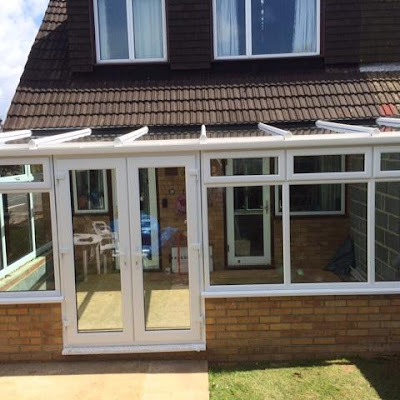There are a lot of people who are still struggling in finding and understanding the key difference between an orangery and a conservatory. This confusion still exists because of just one similarity that both orangeries and conservatories are built in the exterior portion of the house. Building something in the exteriors of a house doesn’t mean that you can get your house constructed/ extended against the rules and regulations determined by the local authorities of the United Kingdom.
It is necessary to know the real concept of both these terms before moving ahead with the construction. Nowadays, a lot of house owners are willing to construct orangeries and conservatories in Sussex and other parts of United Kingdom. But, before beginning with the construction of any of these extensions, it is important to know what exactly they mean and how they can add an attractive touch to your houses.
What are Orangeries?
Orangeries have been proved to be a great extension for a house to bring in more light and space since the early times. Similarly, the modern and contemporary orangeries are built using brick pillars to offer more privacy to the homeowner. They remain cosy all the year round because of its solid pillar construction and partially glazed roofs. An orangery adds a long-lasting value to your home and also offers you a space that is stylish and efficient enough for contemporary living. There are a few benefits and drawbacks attached to this extension. Let's have a look at them:
Pros:
- It's brick built foundation allows for heavier roof
- Matches well with the current home aesthetics
- Stylish and contemporary living space
- You can get incorporated as much glass as you like
- Increases the warmth and offers cosiness all year around
- Typically more expensive
- Separated from house despite brick work
- Offers less light as compared to conservatories
What are Conservatories?
Conservatories, also known as greenhouse or sunroom is constructed as a separate room or is attached to your existing house only on one side. This extension is a glazed structure that features glass roof and walls having a minimal brickwork. It is all about feeling the beauty of nature from a room. Since a conservatory is fully glazed, it offers warm atmosphere inside the room. It provides maximum sunlight exposure. It can also be used as a seating area, dining room, living room, kitchen extensions, a party room etc. There are endless possibilities of using a conservatory. They are highly decorative, stylish, featuring window grids and other decorative elements. The pros and cons of a conservatory are listed below:
Pros:
- It lets in lashes of natural light
- Allows you to enjoy beauty of garden whilst being warm
- High-quality and energy efficient glazing
- Adds value to your property
- Customisable according to your needs
Cons:
- Design is entirely different from the home
- High carbon footprint
Conclusion:
In a nutshell, both conservatories and orangeries are quite similar to each other despite little differences. On one side conservatory will allow more light and provide a better view from the garden, whereas, on the other side, orangeries in Hove are better insulated and provide more privacy to the homeowners. This is, of course, your decision what you choose, as conservatories can also be made well-insulated and orangeries can also offer a great garden view.


No comments:
Post a Comment